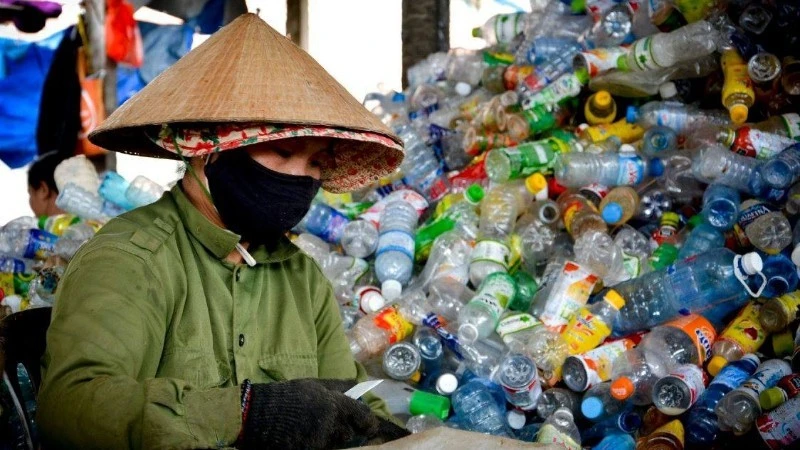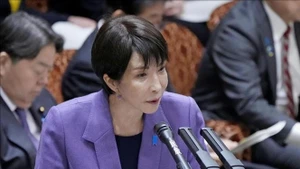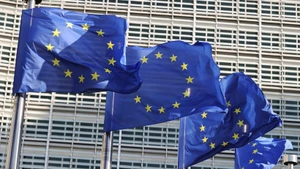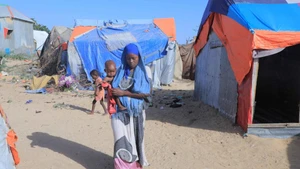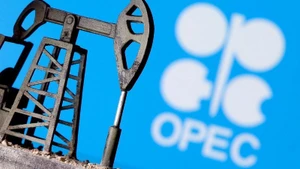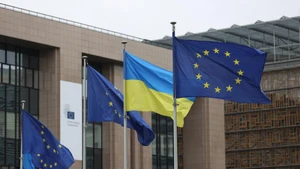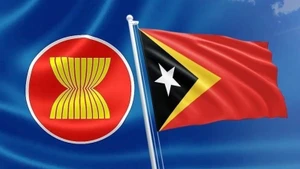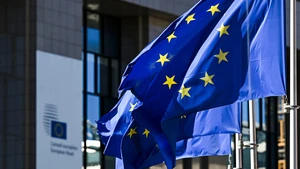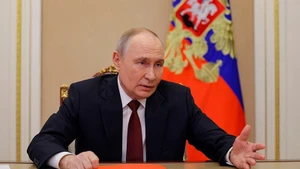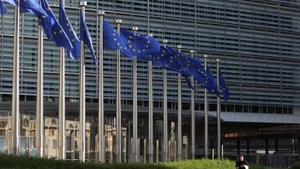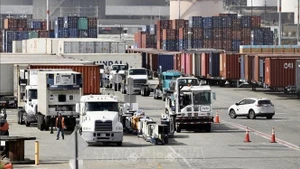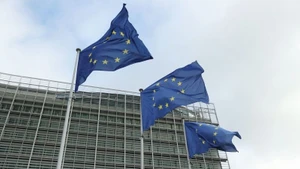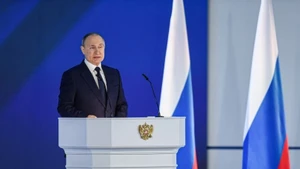Placed prominently in front of the United Nations headquarters in Geneva, where the tense negotiations on plastic pollution are taking place, a sculpture entitled “The Burden of the Thinker” by Canadian artist Benjamin Von Wong has drawn particular attention from the about 3,700 delegates from around the world. The artwork depicts a man holding a child in one arm and a crushed plastic bottle in the other, gazing thoughtfully down at a chaotic mass of plastic waste surrounding the figure of “Mother Earth”. “The Burden of the Thinker” portrays the concern of generations about the “tsunami” of plastic waste sweeping into every corner of the Earth, with devastating consequences for human health, destruction of the global ecosystem, acceleration of climate change, and threats to the future.
According to the latest research, the world produces more than 460 million tonnes of plastic each year, with 81% of plastic products quickly becoming waste. It is projected that by 2060, plastic production could triple, exceeding one billion tonnes annually. Plastic manufacturing generates enormous greenhouse gas emissions, greater than the total emissions of the entire aviation industry. However, only about 9% of plastic waste is currently recycled, while the rest is improperly disposed of, such as being burned, landfilled, or even dumped directly into the environment. The result is a full-scale environmental crisis.
The laxity in production, consumption, and waste treatment has allowed microplastics to infiltrate everywhere, from the highest mountain peaks to the deepest ocean trenches, and even into the human body. Confirming that humans themselves are living evidence of the urgency of the plastic pollution problem, Panamanian negotiator Juan Monterrey Gomez warned that “microplastics are present in a newborn baby’s first cry.” What might sound like an absurd claim has been proven by recent shocking scientific findings: not only in human blood and lungs, but microplastics have also been found in breast milk, the brain, the placenta, and bone marrow.
In 2022, countries agreed to launch negotiations towards creating the first legally binding international treaty aimed at ending the plastic waste crisis. However, after three years of talks, intense discussions over the treaty’s specific provisions remain unresolved. The key sticking point in negotiations is the question: should production be limited, or should the focus be solely on waste treatment?
In the latest round of negotiations in Geneva, a group of nations led by the European Union (EU), including Australia, Canada, Switzerland, the United Kingdom, as well as many African and Latin American countries, supports drafting an ambitious treaty with strict provisions to reduce plastic production and eliminate the use of toxic chemicals in manufacturing. However, the world’s leading oil-producing countries reject the idea of binding rules on reducing output, insisting instead for a focus on waste management. Research shows that about 98% of single-use plastics originate from fossil fuels. As such, it is not surprising that major oil industry players oppose proposals to cut plastic production.
The international plastics treaty can only “reach the finish line” once the challenge of balancing interests between countries is resolved. However, with the two opposing viewpoints mentioned above, the Geneva talks have again stalled. Meanwhile, each day, Canadian artist Benjamin Von Wong continues to pile more plastic waste around his sculpture “The Burden of the Thinker”. As the round of negotiations in Geneva closes, the six-metre-high statue will be submerged in plastic rubbish. This serves as a vivid warning to negotiators that, while deep disagreements remain unresolved, hundreds of millions of tonnes of plastic waste will continue to be released into the environment, threatening to engulf the entire planet.
